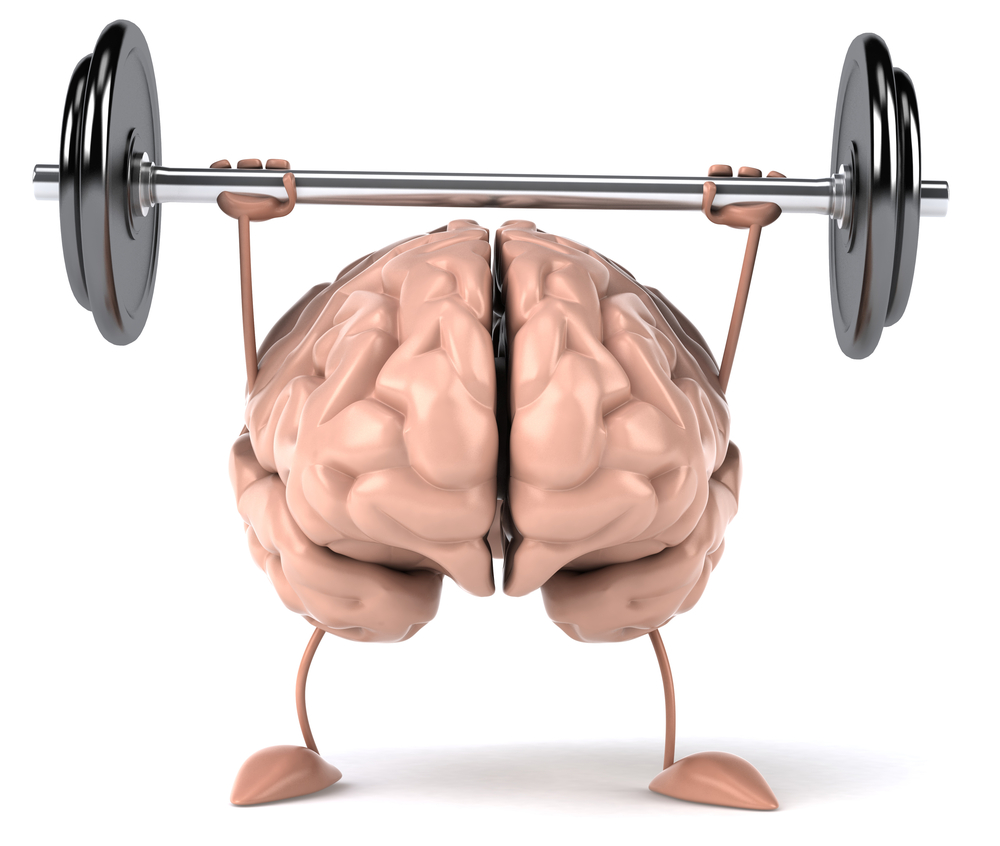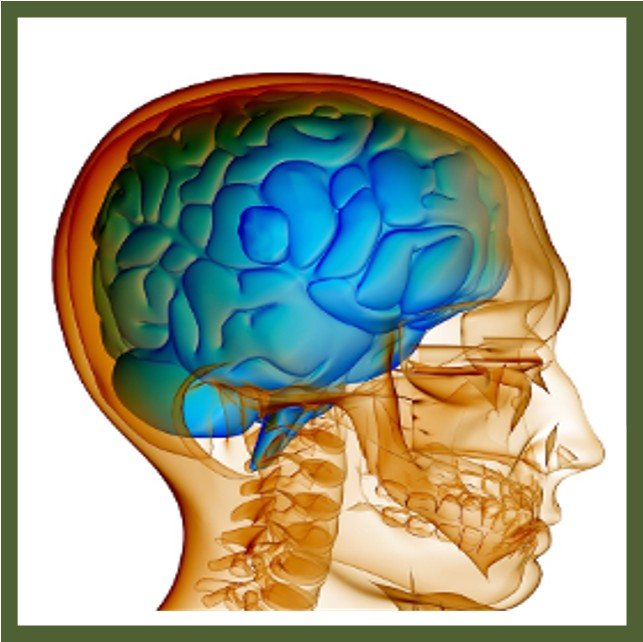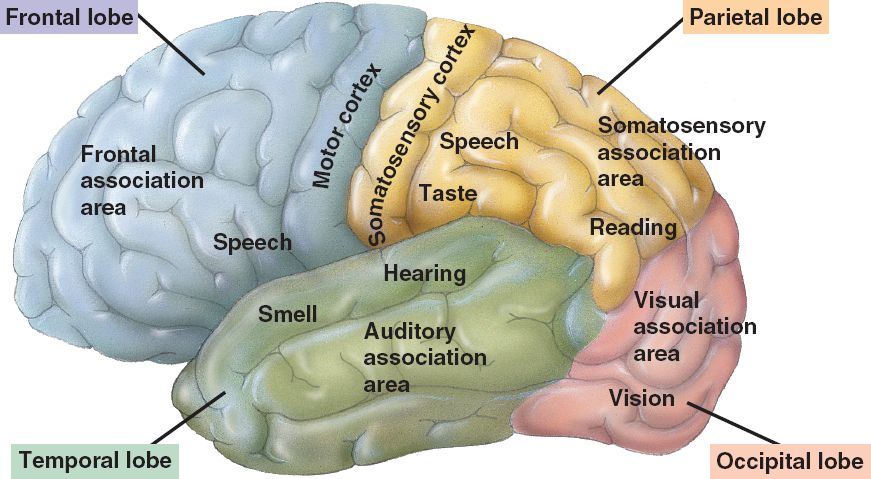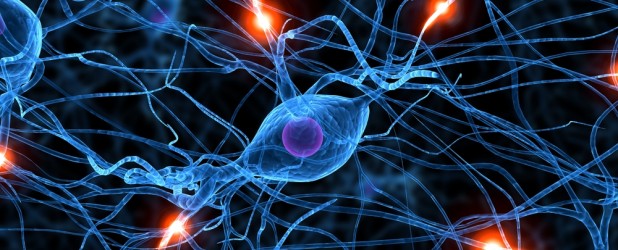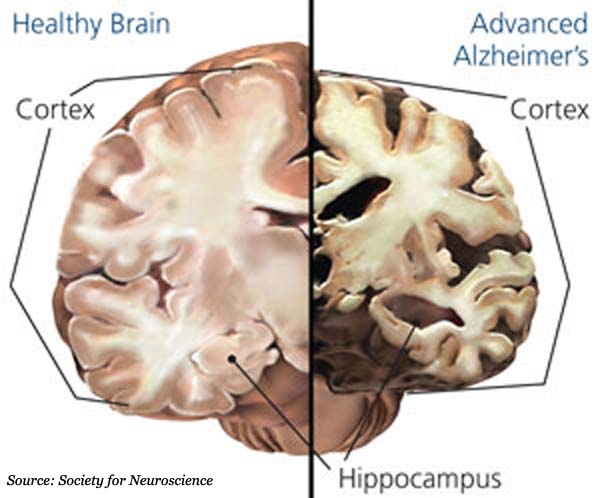Everyone at Straight, No Chaser and www.sterlingmedicaladvice.com is into brainpower. This is the first of a series of posts on brain health and brainpower. The purpose of these posts is to give you enough information to optimize, maximize and extend your brain health. Hopefully you’ve learned all this before (no pun intended), and we’re just reorganizing it for you.
The brain really is a fascinating organ; indeed it’s the body’s most powerful (with apologies to the heart; don’t be broken by the news). Despite jokes to the contrary, it only weighs about three pounds in the average person (I’d imagine many of you are inserting your own jokes about your favorite friends here…).
The brain has three major components:
- The cerebrum is the area taking up most of the area in your skull. It controls thinking, problem solving, remembering, feeling and movement.
- The cerebellum controls coordination and balance from its position in the back of the head, below the cerebrum.
- The brain stem is also beneath the cerebrum but is in front of the cerebellum. The brain stem connects the brain to the spinal cord. It controls breathing, blood pressure, digestion and heart – functions you normally don’t have to “think” about (automatic functions).
You may be surprised to know about a quarter of your total blood supply nourishes your brain with each heartbeat. Your network of brain cells consists of billions of cells, and they extract approximately 20% of the oxygen and nutrients being carried by the blood. This amount can increase up to 50% depending on the brain’s level of activity. This is an immediate illustration of why brain health is so vital.
Have you ever wondered why the brain has that wrinkled outer appearance? That area is called the cortex. The cortex roughly resembles a map corresponding to various functions. This area interprets sensations from within your body, and sights, sounds and smells from the outside world. It also helps you form and store memories, generate thoughts, make plans and solve problems. The cortex also controls voluntary movements.
Another common question about the brain relates to the differences between the left and right sides and what that has to do with people who are left handed or right handed. Here’s what is clear about the different halves of the brain.
- The left half controls movement of the right side of the body, and the right half controls the left side of the body. Thus if you’re right-handed, you’re likely left-brain dominant.
- In most people, the language area is mainly on the left.
All things considered, the adult brain has approximately 100 billion nerve cells, called neurons. Neurons are where the real work of your brain occurs. Via various branches, there are more than 100 trillion connections. This amazing and powerful network is called the neuron forest. This network of neurons is how we know to generate thoughts, feelings and memories. The individual “way stations” where chemicals (neurotransmitters) sent by neurons via electrical charges connect are called synapses. There are dozens of different types of neurotransmitters facilitating different levels of communication within the brain.
Functionally, this level of specificity is important to know at a general level because it sets the table for these additional considerations to be discussed in additional posts:
- Good brain health keeps your brain working optimally.
- Certain diseases (e.g. Alzheimer’s) destroy neurons and otherwise disrupt both the way electrical charges travel within cells and the activity of neurotransmitters.
This is a simplistic representation of how your brain organizes all the thoughts, activities, memories, skills and knowledge of self we have. Make the commitment to protect your brain. After all, it’s who you are.
Feel free to ask your SMA expert consultant any questions you may have on this topic.
Order your copy of Dr. Sterling’s new book Behind The Curtain: A Peek at Life from within the ER at jeffreysterlingbooks.com, iTunes, Amazon, Barnes and Nobles and wherever books are sold.
Thanks for liking and following Straight, No Chaser! This public service provides a sample of what http://www.SterlingMedicalAdvice.com (SMA) and 844-SMA-TALK offers. Please share our page with your friends on WordPress, like us on Facebook @ SterlingMedicalAdvice.com and follow us on Twitter at @asksterlingmd.
Copyright © 2016 · Sterling Initiatives, LLC · Powered by WordPress


